Teseq ISN ST08
Related Equipment
Description
Impedance stabilization networks (ISN, or with CISPR 16-1-2 called AAN: asymmetric artificial network or AN: artificial networks for coaxial and other screened cables) are defined for measuring of conducted common mode disturbances at information technology equipment (ITE) as required in CISPR 22.
The ISN is placed between the equipment under test (EUT) and auxiliary equipment (AE) or load which are necessary for the operation of the EUT. The ISN establishes the common-mode termination impedance for the EUT’s telecommunications port during measurement. All internal parts fulfill the requirements of cat.6 or better and provide optimal transfer performance. The used internal cable has a symmetrical impedance of 100 Ω. The pin- arrangement of the RJ45 sockets meets the requirements of EIA/TIA 568B.
ISN ST08 meets the requirements of CISPR 22, EN 55022, CISPR 32, EN 55032, CISPR 16-1-2 and EN 55016-1-2. Unlike the ISN T types for unscreened balanced lines the ISN ST08 needs no additional adapters for LCL setting.
- Specifications:
- Frequency range:
- 150 kHz to 230 MHz
- Line parameters:
- 4 pairs, balanced, shielded, 100 Ohms impedance
- Power rating (EUT and AE port)
- AC max. voltage:
- 100 V
- DC max. voltage:
- 150 V
- Current max :
- 1.2 A (line)
- Test voltage:
- 200 VDC, 2 sec
- Common mode impedance (EUT port)
- 150 kHz to 30 MHz:
- 150 Ohms +/- 20 Ohms
- 30 MHz to 230 MHz:
- 150 Ohms +60 Ohms/-45 Ohms
- Phase angle (EUT port) 150 kHz to 30 MHz:
- 0 +/- 20 Degrees
- Coupling path (In/Out port/EUT)
- Connection:
- BNC 50 Ohms
- RF voltage:
- <20 V
- Voltage division factor (RF input to EUT port)
- 150 kHz to 30 MHz:
- 9.5 dB �1 dB
- 30 MHz to 230 MHz:
- 9.5 dB +4 dB/-2 dB
- Transmission bandwidth (wanted signal) EUT /AE B3 dB: *
- > 250 MHz sin.
- Decoupling of common mode disturbances (EUT /AE)
- 150 kHz to 1.5 MHz:
- >60 dB
- 1.5 MHz to 30 MHz:
- >60 dB
- 230 MHz:
- >40 dB

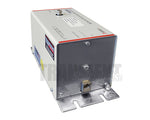
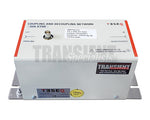
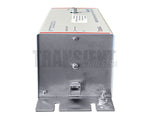
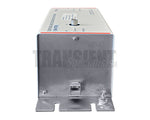
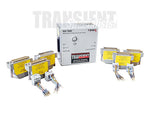
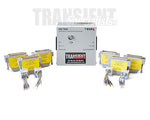
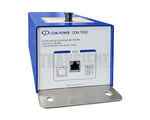
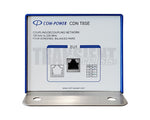
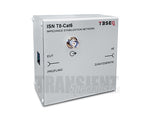
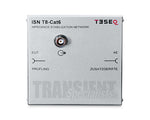
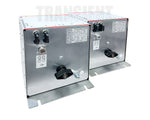
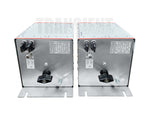
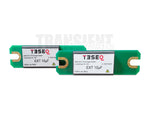
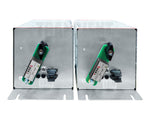
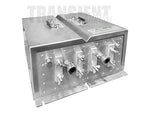
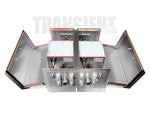
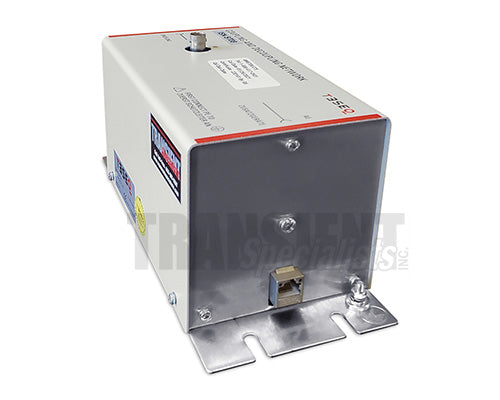

 info@transientspecialists.com
info@transientspecialists.com